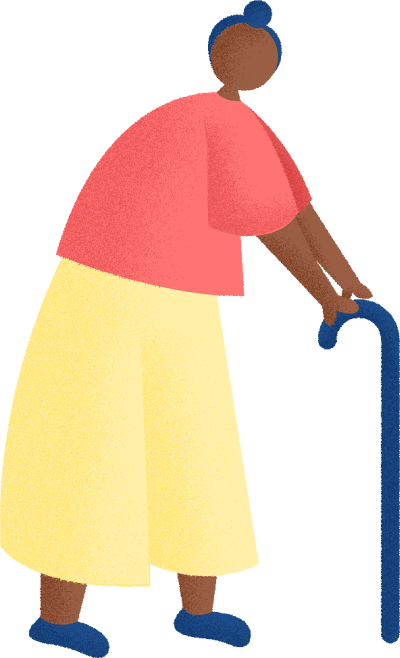New Approaches to Saving Lives
Earlier this week, I was asked to speak at a training and research event for the National Association of Attorney Generals. With staff members representing half of the country’s Attorney General offices, the conference focused on the alarming spread of Fentanyl and rising numbers of overdoses throughout the United States.
Written by Ken Trogdon, president of HarborPath —

Earlier this week, I was asked to speak at a training and research event for the National Association of Attorney Generals. With staff members representing half of the country’s Attorney General offices, the conference focused on the alarming spread of Fentanyl and rising numbers of overdoses throughout the United States.
States are coming together to stop the spread of this deadly drug, while also seeking solutions to save lives in high-use areas. This is why HarborPath was asked to attend.
Our presentation was part of a panel discussion on new approaches being taken to save lives. I was joined on stage by leaders from ERPHealth and InHome Recovery – organizations who are finding innovative solutions to detoxification and recovery through personalized plan tracking and at-home recovery. Representing HarborPath, I was asked to speak about the innovative strategies nonprofits and municipalities are taking to save lives with Naloxone.
Naloxone, commonly known as Narcan, is a drug that quickly reverses overdoses by blocking the opioid effects from the brain. Naloxone has proven to be an effective tool in saving lives on the front lines of the opioid epidemic, by first responders, medical professionals and sometimes even administered by family members and friends.
It goes without saying that a broader distribution of Naloxone will mean a greater impact. It can only save lives if it is available in the moment of an overdose.
The most effective strategies for getting Naloxone to those who need it most are through public vending machines, emergency rescue kits and direct-to-consumer shipping. Here is some of the information on each approach that I shared at the conference.
Vending Machines
Naloxone vending machines that distribute free packages of Naloxone have been placed in municipal buildings or other community facilities for easy and secure access. The vending machine allows family members, friends or those likely to come into contact with an overdose the ability to take Naloxone with them to keep at their home, in a purse or in the glove compartment of their car.
Emergency Rescue Kits
Another innovative method to increasing Naloxone distribution and access is through emergency rescue kits such as the ONEBox. Just like defibrillators being placed in schools and gyms across the country to be available in an immediate life-or-death crisis, these emergency kits can be placed in high schools, college dorms and other high-traffic areas for the life-or-death crisis of an overdose or fentanyl poisoning. The ONEBox contains ready-to-use Naloxone along with an instantaneous 60-second video to guide the responder through the process in both English and in Spanish. This approach provides three elements critical to saving lives with Naloxone – close proximity, easy access and correct instruction.
Direct to Consumer
Another option mailing free Naloxone directly to residents who request it. This can be done through an online portal and would be shipped in discreet and anonymous packaging. This opportunity would allow individuals in an area with growing drug use to ensure they have Naloxone on demand in their home, should they ever need to administer it to a loved one or neighbor.
----------------------------
As part of our panel discussion, I shared a case study that ties these approaches and collaborations together. HarborPath recently partnered with Operation UNITE – an amazing grassroots organization serving 32 counties in eastern Kentucky.
The Appalachia Region has been devastated by the effects of overdoses over the past several years, and Operation UNITE is utilizing these innovative solutions to save lives and establish prevention and recovery programs. Their work falls directly within our mission, and we’re fortunate to be in a position where we can support their efforts financially. We helped fund a prevention projects coordinator for the organization, and they are working to place ONEBox emergency response kits across the communities they serve in areas such as schools, transitional housing, rest stops, churches, convenience stores and more. We’ve also begun work on identifying locations for Naloxone vending machines.
This type of partnership serves as a model which could be replicated and customized throughout every state – especially in areas of higher drug use.
I’m grateful for the opportunity to share these examples and approaches at the conference. These types of conversations with local municipalities and state agencies will help make Naloxone available to those who need it most.
It was encouraging to witness the unified efforts and collaborations between states and offices during the event. While each state faces its own unique challenges, it’s clear we must all work together to save lives and stop this horrible epidemic.



